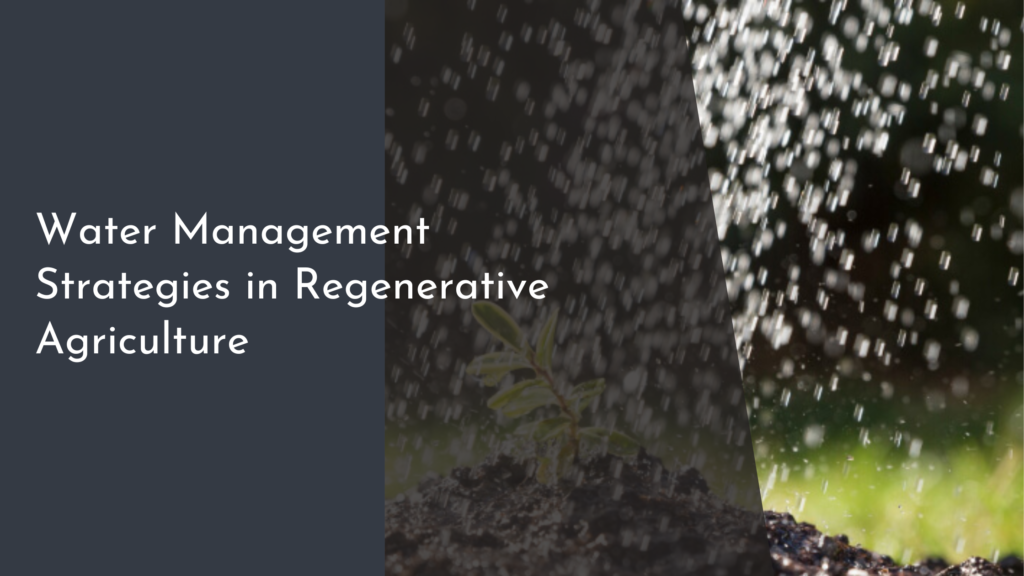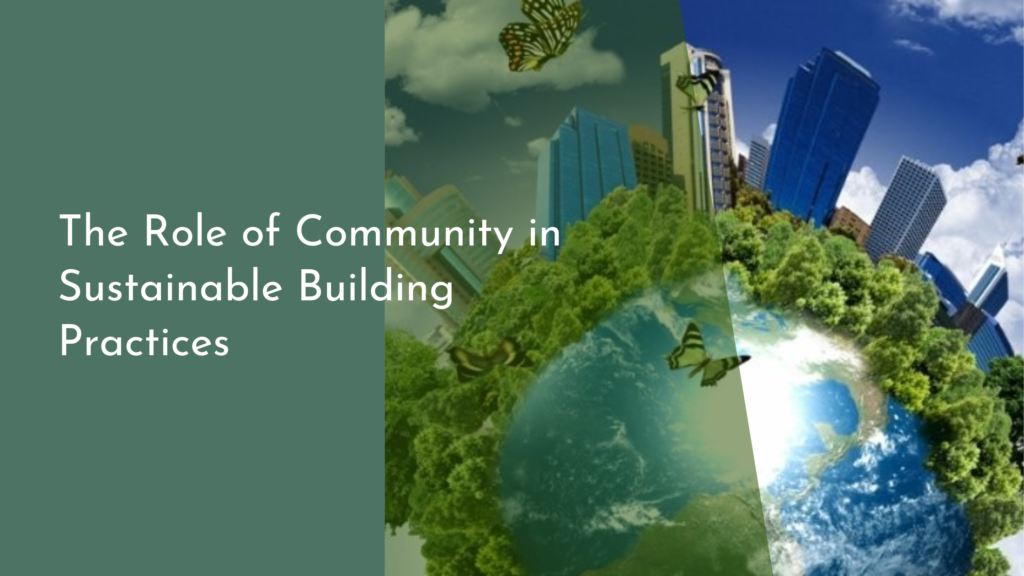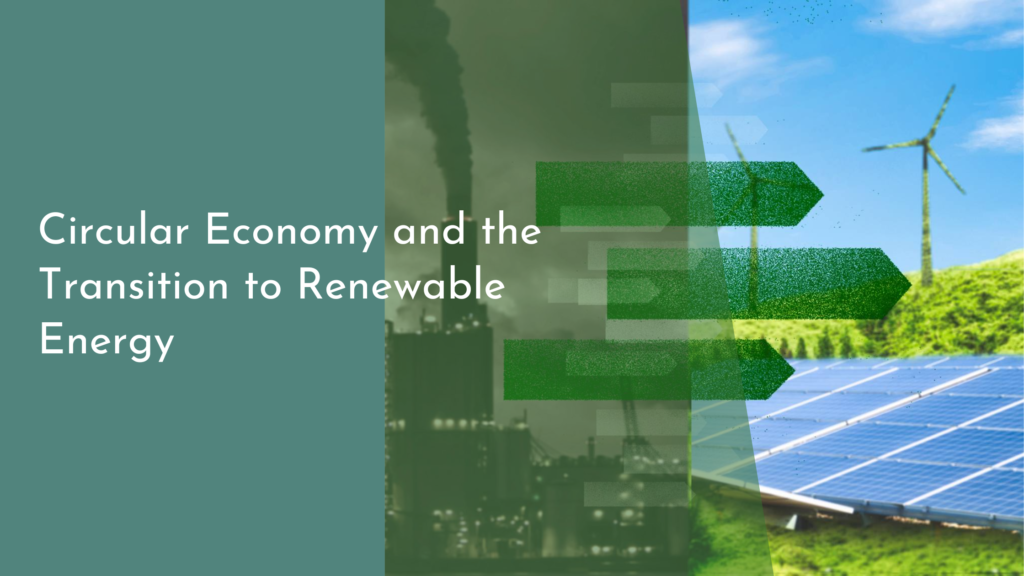Sustainable Urban Resilience Against Flooding
In the face of climate change, urban flooding has emerged as a pressing challenge for cities worldwide. However, rather than succumbing to fate, many urban centers are embracing innovative approaches to enhance their resilience against flooding. This article explores the transformative strategies being employed to create sustainable urban environments that not only withstand flooding but thrive in its wake. From green infrastructure to community engagement, cities have the potential to redefine their relationship with water.
Embracing Green Solutions for Flood Resilient Cities
One of the most effective ways to combat urban flooding is through the integration of green solutions. Urban planners are increasingly adopting features such as green roofs, permeable pavements, and rain gardens. These elements allow for better water absorption and reduce surface runoff, which often leads to flooding. By incorporating nature into city landscapes, these solutions also enhance aesthetics, improve air quality, and provide habitats for urban wildlife, creating a harmonious balance between nature and urban life.
Moreover, cities are rethinking their water management strategies by restoring wetlands and natural floodplains. These ecosystems act as sponges, absorbing excess water during heavy rains and mitigating the impact of floods downstream. By prioritizing green infrastructure, cities not only protect themselves from the immediate threat of flooding but also promote biodiversity and improve the quality of life for their residents, fostering a deeper connection to their environment.
Innovative Technologies Enhancing Urban Flood Management
The advent of technology has revolutionized urban flood management, providing cities with advanced tools to predict and respond to flooding events. Real-time data collection through IoT devices and sensors allows cities to monitor rainfall, river levels, and drainage systems, enabling timely interventions. Predictive modeling software also helps urban planners visualize potential flood scenarios, ensuring that infrastructure is designed to handle future challenges effectively.
In addition to monitoring, innovative technologies are being applied in the development of smart drainage systems. These systems incorporate automated controls and adjustments based on weather forecasts and real-time data, significantly improving their efficiency. With the integration of artificial intelligence, cities can not only react faster to flooding events but also plan proactively, ensuring a robust defense against the unpredictable nature of weather patterns.
Community Engagement: Key to Resilient Urban Design
Building resilient cities against flooding is not solely the task of planners and engineers; community engagement is vital in fostering a culture of preparedness and awareness. By involving residents in the planning process, cities can better understand the unique challenges each neighborhood faces and develop tailored solutions. Workshops and public forums serve as platforms for community voices, creating a shared sense of ownership over urban resilience initiatives.
Furthermore, educating communities about flood risks and preparedness measures is essential. Programs that teach residents how to create emergency plans, install rain barrels, or even participate in local clean-up efforts can empower them to take proactive steps. When communities are informed and involved, they become crucial allies in creating flood-resilient urban spaces, ensuring that everyone is equipped to face challenges together.
Bright Futures: Cities Thriving Beyond Flood Challenges
The journey towards sustainable urban resilience is not merely about surviving floods; it is about thriving beyond them. Cities that adopt green solutions and innovative technologies not only protect their infrastructures but also position themselves as leaders in climate adaptation. The transformation of urban landscapes into vibrant spaces that accommodate nature leads to improved public health, enhanced community cohesion, and increased economic opportunities.
As cities continue to innovate and engage their communities, they pave the way for a brighter, more sustainable future. By viewing flooding as an opportunity for change rather than just a risk, urban centers can reinvent themselves, becoming beacons of resilience. This proactive mindset not only addresses immediate threats but also lays the groundwork for thriving ecosystems and communities that can flourish in the face of adversity.
In conclusion, sustainable urban resilience against flooding is an achievable goal that combines green solutions, innovative technology, and community engagement. By adopting these strategies, cities can transform their landscapes into thriving environments, capable of withstanding the challenges posed by climate change. With a cheerful outlook and a commitment to resilience, urban centers can lead the way into a future where communities not only survive flooding but emerge stronger and more united.



